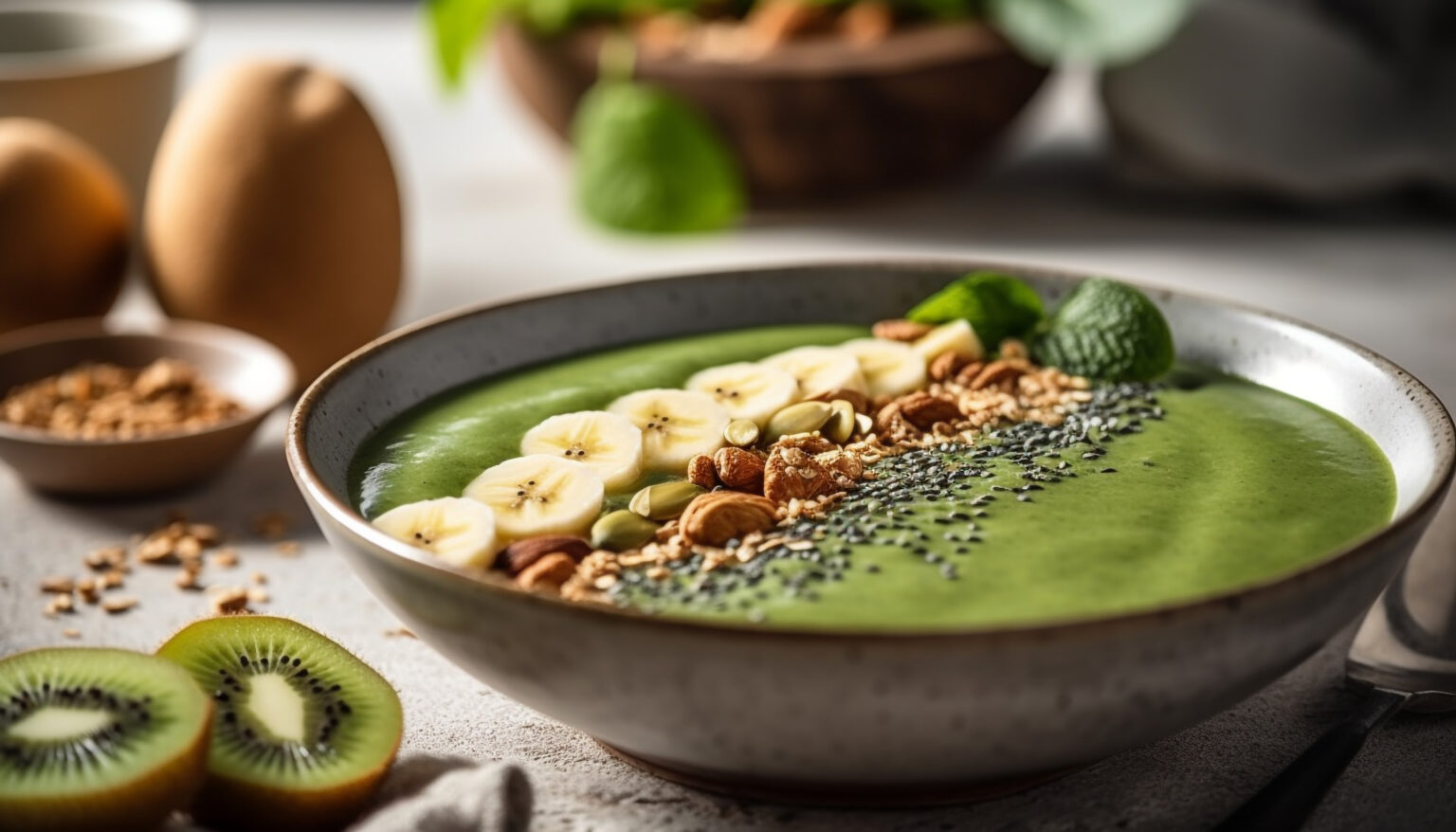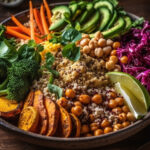A lacto-vegetarian diet, which excludes meat, fish, and eggs but includes dairy products, can provide all the necessary nutrients for a healthy lifestyle. One essential nutrient that often comes into question when following a plant-based diet is protein. While animal products are commonly associated with high protein content, it is entirely possible to meet protein requirements through plant-based sources. By combining various plant-based protein sources strategically, lacto-vegetarians can optimize their protein intake and enjoy a well-rounded diet.
Understanding Protein and Its Importance
Protein is a crucial macronutrient that plays a fundamental role in the body. It is responsible for building and repairing tissues, supporting immune function, and serving as a source of energy. For lacto-vegetarians, obtaining adequate protein becomes a matter of combining plant-based sources effectively.
The Power of Plant-Based Proteins
Contrary to popular belief, many plant-based foods offer ample amounts of protein. Some excellent sources of plant-based protein include legumes (such as beans, lentils, and chickpeas), whole grains (like quinoa and brown rice), nuts and seeds (such as almonds, chia seeds, and hemp seeds), soy products (like tofu and tempeh), and dairy products (milk, cheese, and yogurt). By incorporating a variety of these protein-rich foods into a lacto-vegetarian diet, it becomes possible to meet the body’s protein needs.
Optimizing Protein Intake through Combinations
While individual plant-based protein sources provide some essential amino acids, they may lack or have limited amounts of certain amino acids that are necessary for overall protein synthesis. However, by combining different plant-based protein sources, it is possible to create complete protein profiles that contain all the essential amino acids the body requires.
Here are some complementary plant-based protein combinations that lacto-vegetarians can include in their diet:
- Legumes and Whole Grains: Legumes (such as beans, lentils, and chickpeas) are typically low in the amino acid methionine but rich in lysine. Whole grains (like quinoa, brown rice, and whole wheat) are the opposite, being low in lysine but rich in methionine. Combining legumes with whole grains in meals like lentil soup with whole grain bread or chickpea curry with brown rice creates a complete protein source.
- Legumes and Seeds: Legumes are also low in the amino acid tryptophan, which is abundant in seeds. By combining legumes with seeds like pumpkin seeds, chia seeds, or hemp seeds, you can create a protein-rich blend. Adding chickpeas to a salad with pumpkin seeds or enjoying a lentil and chia seed pudding are great ways to achieve this combination.
- Dairy Products and Whole Grains: Dairy products are complete protein sources, containing all the essential amino acids. By pairing them with whole grains, such as enjoying yogurt with granola or adding cheese to whole grain pasta, you can create a well-rounded protein-rich meal.
- Soy Products: Soy products like tofu and tempeh are complete proteins on their own and can be incorporated into various dishes. From stir-fries to salads and even smoothies, soy products offer a versatile and nutrient-dense protein source for lacto-vegetarians.
Strategies for Protein Optimization
In addition to combining protein sources, there are a few strategies that lacto-vegetarians can employ to optimize protein intake:
- Diversify your food choices: Include a wide range of plant-based protein sources in your diet to ensure a variety of amino acids. This not only improves protein quality but also provides a broader spectrum of other essential nutrients.
- Pay attention to portion sizes: While it’s important to meet protein requirements, it’s also crucial to maintain a balanced diet. Be mindful of portion sizes to ensure you’re getting adequate protein without overdoing it on calories.
- Prioritize whole foods: Focus on whole food sources of protein rather than relying heavily on processed vegetarian alternatives. Whole foods offer additional nutrients and fibre, contributing to overall health.
- Consider protein supplementation: If you find it challenging to meet your protein needs through food alone, protein supplements derived from plant sources, such as pea protein or rice protein powders, can be an option. However, it is always best to consult with a healthcare professional or registered dietitian before incorporating supplements.
A lacto-vegetarian diet can provide ample protein through strategic combinations of plant-based sources. By including a variety of legumes, whole grains, nuts and seeds, soy products, and dairy, lacto-vegetarians can optimize their protein intake and enjoy a nutritionally balanced diet. Remember to diversify your food choices, pay attention to portion sizes, prioritize whole foods, and consult a professional if needed. With careful planning, a lacto-vegetarian diet can support a healthy lifestyle while meeting all protein requirements.








